China Premier Li Qiang sets economic growth target of ‘around 5pc’ for 2024
Premier Li Qiang revealed the economic target as he delivered the government work report – the closest thing China has to Australia’s budget night.
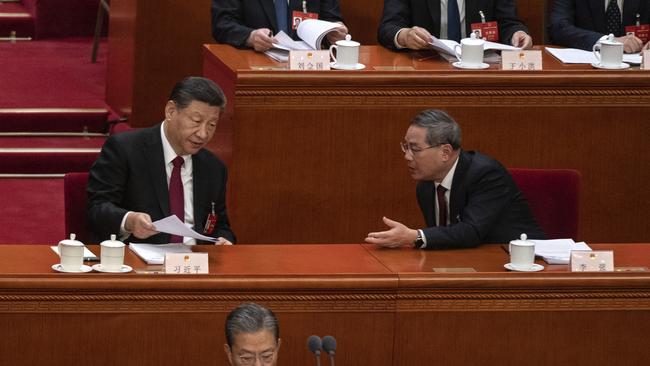
Beijing has admitted to “deep-seated” problems in China’s economy as the government set an economic growth target of “around 5 per cent” for 2024 while ramping up the People’s Liberation Army’s budget and pledging to increase the country’s “combat readiness”.
Premier Li Qiang revealed the annual growth target, which analysts called “ambitious”, on Tuesday at the opening of China’s highest-profile political meeting, the National People’s Congress.
Beijing uses the closely watched event to set policies for the year ahead.
Addressing Beijing’s Great Hall of the People, the Chinese Premier said 2023 had been a year full of “many difficulties” and a range of domestic problems, including some “acute” risks in China’s troubled property sector and debt-laden local governments, had hurt Australia’s biggest trading partner.
“Deep-seated, longstanding issues became more pronounced, [while] many new developments and problems emerged,” he said.
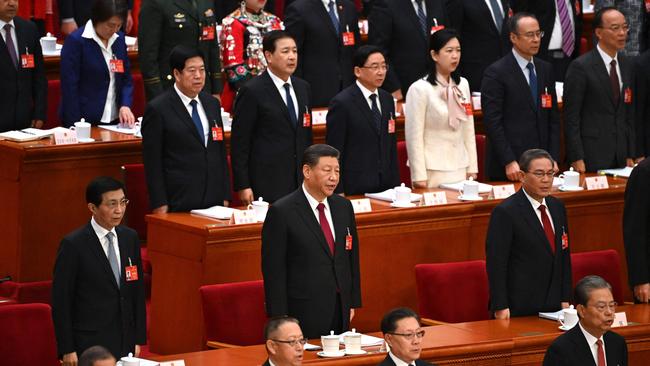
Despite the ongoing economic trouble, Beijing announced it had increased military expenditure by 7.2 per cent to 1.67 trillion yuan ($360bn) in 2024, continuing a huge build-up that has disturbed many nations in the region and made the country Australia’s biggest security concern.
In his government work report, Mr Li said China would continue to “comprehensively strengthen military training and combat readiness” and would “firmly safeguard national sovereignty, security, and development interests”.
While the language was routine for Beijing, it comes as Canberra and other capitals worry about Beijing’s assertiveness in the South China Sea and more generally around Taiwan. The PLA budget increase for 2024 continued a three-decade run of Chinese military spending increases of at least 6.6 per cent. It was revealed days after a Chinese defence spokesman said Australia and its AUKUS partners, the US and the United Kingdom, were stoking an “arms race” by pursuing their defence technology partnership.
President Xi Jinping watched his hand-picked Premier’s address from the centre of the red-carpeted stage as around 3000 delegates gathered for the centrepiece event of China’s annual political gathering, colloquially known as the “Two Sessions”.
Mr Li said Beijing would ramp up investment into research and development to focus on “new productive forces” to drive the economy in the years ahead as it pursued “high quality growth”.
He also outlined a wide range of policies, including widespread national infrastructure projects, which are expected to keep China’s old-school heavy industry industries busy and Australia’s resources in robust demand.
He said Beijing would issue 3.9 trillion yuan special government bonds to help local governments meet budget shortfalls, which have widened as property tax windfalls have disappeared.
Experts at the Asia Society said a growth target of about 5 per cent was “relatively ambitious”, considering China’s tepid post-Covid recovery and its property sector trouble, recurrent deflation, and poor business and consumer confidence.
Gary Ng, a senior economist at Natixis, said it was “unavoidable that the government will have to issue more debt to fund infrastructure spending”, and predicted looser monetary policy from Beijing in the months ahead.
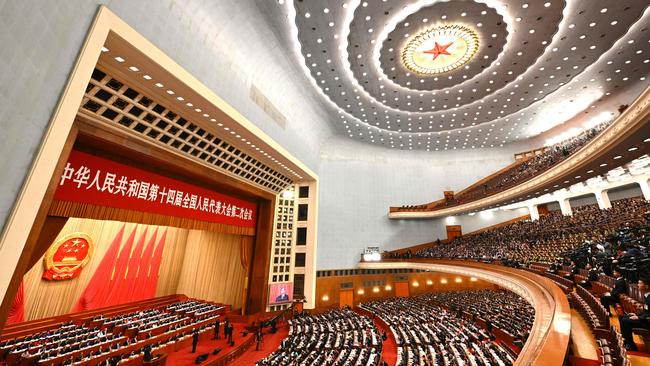
“However, the policy direction and messages do not seem enough to revert the cautious sentiment in households, corporates and investors,” he said.
Last year China’s economy grew by 5.2 per cent, slow by the standards of the country’s boom era but enough for it to be the source of one-third of global growth in 2023.
China’s economy has been on a slowing trajectory as the Xi era has continued and as economic reform has stalled, the Covid pandemic up-ended development plans and as Beijing has been hit by technology restrictions coming out of Washington. For all of China’s troubles, Australia’s trade ties with it have thrived, which has made us even more of an outlier among rich economies. Last year, our exports to China were worth $203.2bn while imports from China were $104.7bn.
Most of Australia’s exports have been largely protected from gloomy Chinese consumer confidence. Customers of the four biggest – iron ore, lithium, LNG and coal – make up more than 80 per cent of our exports to China and are mostly sold to state-owned companies or private firms receiving government support.
An increase in non-property uses for steel has kept China’s production above one million tonnes, leaving iron ore prices robust.
The China Iron and Steel Industry Association announced a few weeks ago that its mostly state-directed members would again produce just over one billion tonnes of steel this year.
Trade Minister Don Farrell last week said Australia’s trade with China could even grow further. “Just because we’re doing $300bn worth of two-way trade at the moment doesn’t mean that figure can’t be $400bn,” he said.
Mr Li’s speech on Tuesday was a rare moment in the Chinese political system when all the focus was not on Mr Xi, the Communist Party’s general secretary.
Underlining the latter’s extraordinary centralisation of power, however, it was revealed that for the first time in almost three decades China’s Premier would not address international media at the end of the “Two Sessions”.
Those press conferences have been tightly controlled affairs, with reporters chosen to ask questions well in advance of it. All questions were submitted in advance. However, it remained the only occasion international media could ask a question of a member of the Communist Party’s standing committee, its most senior seven members.


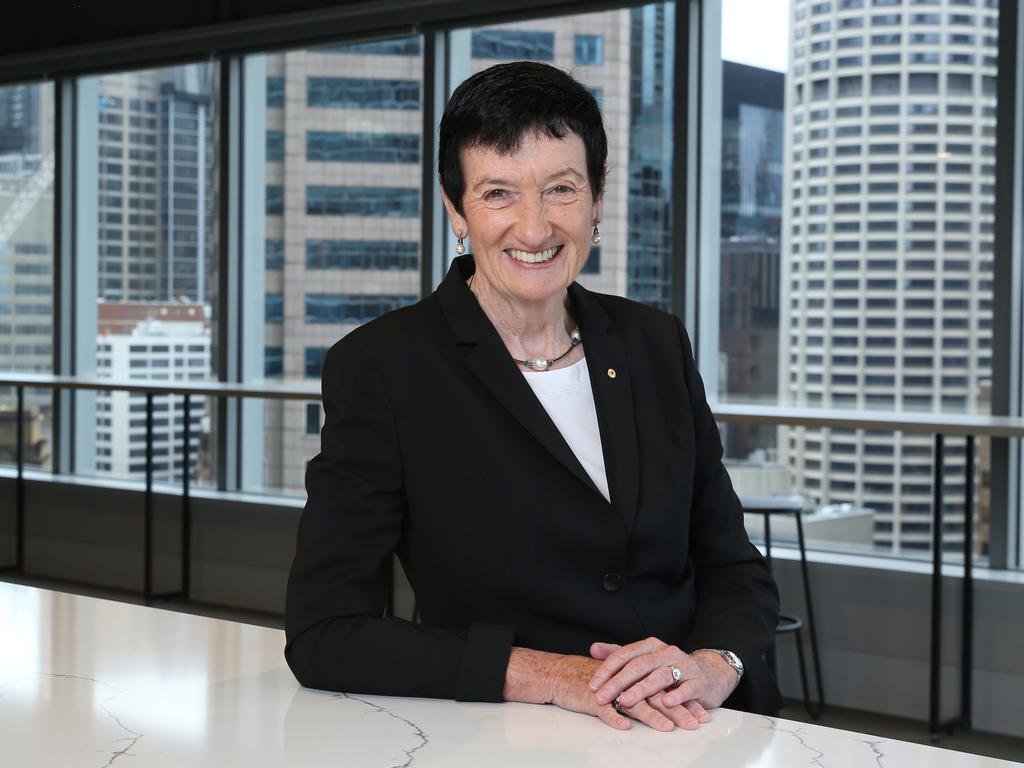

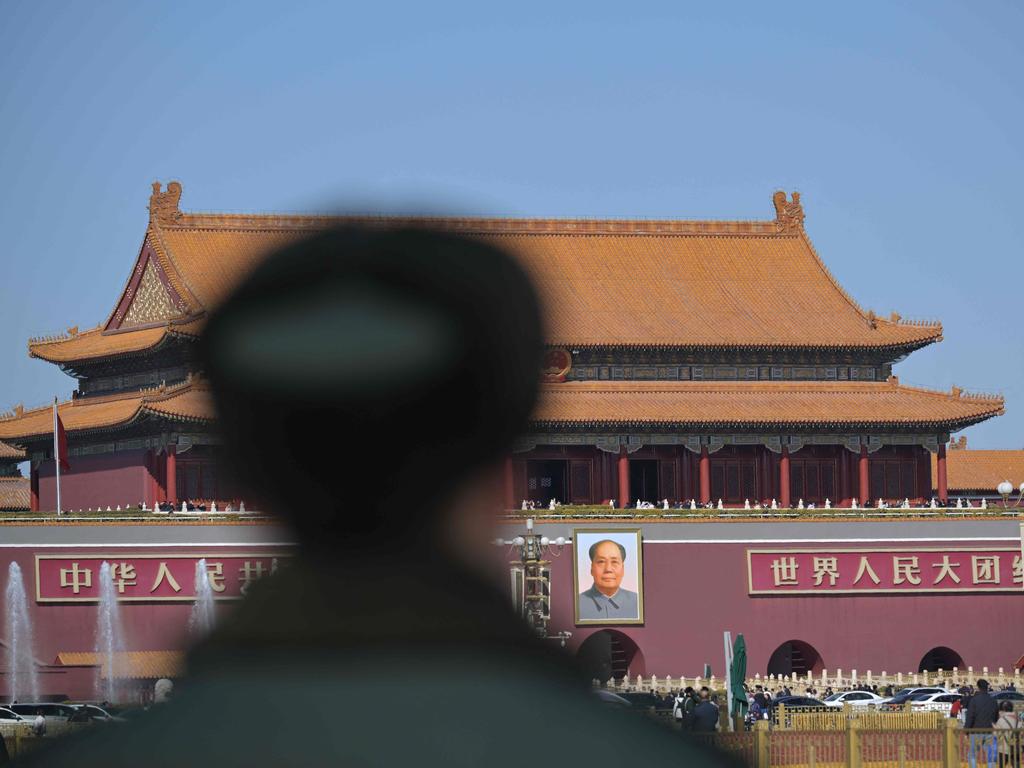
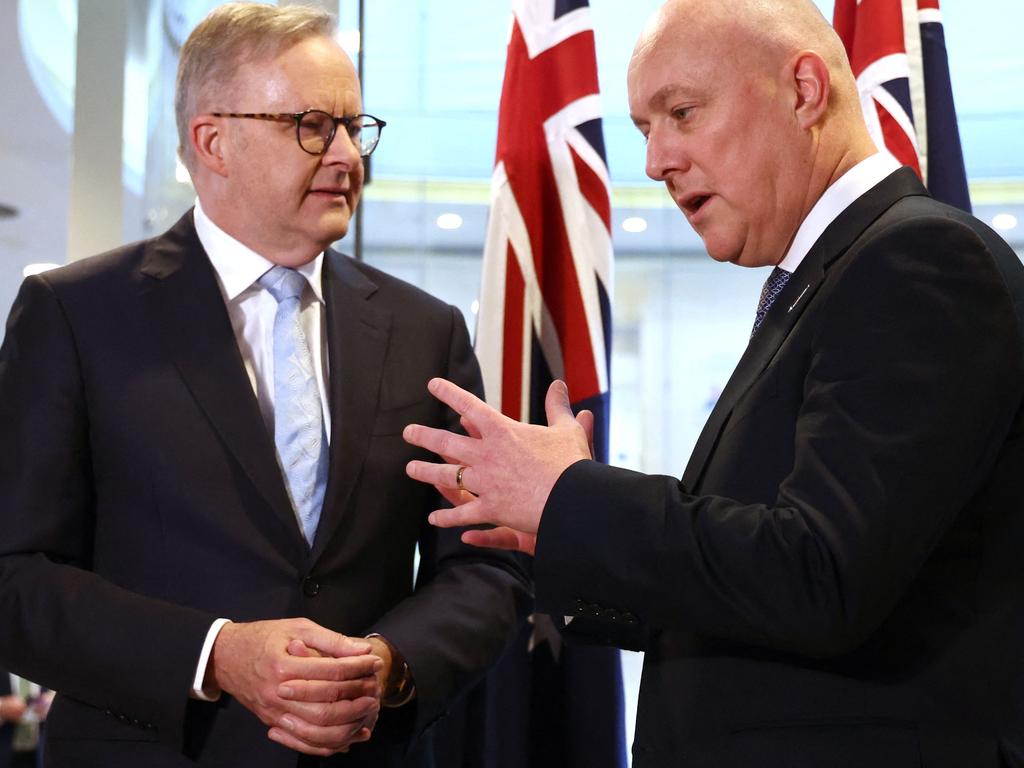


To join the conversation, please log in. Don't have an account? Register
Join the conversation, you are commenting as Logout